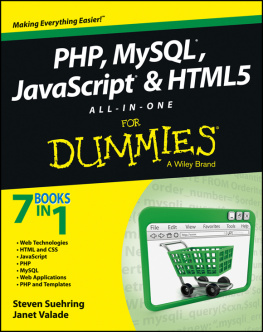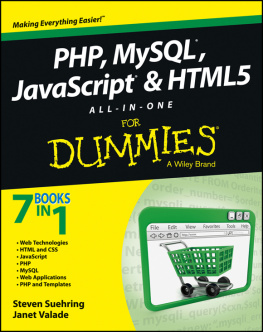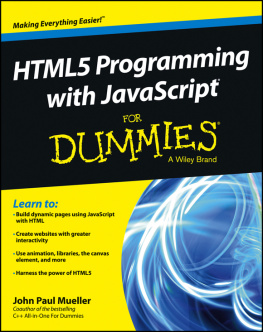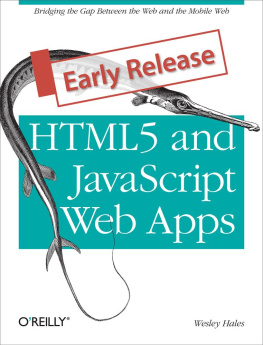Since HTMLs introduction in 1993, web-programming technologies have been in flux, with web programmers using different versions of HTML for different browsers. The constant change made it difficult for authors to write quality textbooks about the subject. Consequently, most of the books were trade books, not textbooks. With HTML5s approval as a stable recommendation in 2014, web programmers and browsers appear to have embraced it fully. With the huge demand for web programmers in the workforce, there has been a significant demand for web-programming courses for quite a while. Now that web programming has coalesced around HTML5, ...

ACKNOWLEDGMENTS
Writing this textbook has been a labor of love, albeit an arduous 3-years-plus labor of love. I am indebted to my team at Jones & Bartlett Learning for their generous commitment to this project. Without them, the content may have been awesome, but no one would have known about it because there would be no book. Our fearless leader, Product Manager Laura Pagluica, kept everyone on track, especially me. She provided sagacious advice in lots of different areas, and on occasion, she (rightfully) reigned in my (sometimes excessive) exuberance. Taylor Maurice gathered and compiled the early-chapter reviews, and Mary Menzemer did the same for the later-chapter reviews. Their work helped greatly in my effort to incorporate reviewer feedback into the book. Id also like to thank Thais Miller and Vanessa Richards, who did a great job during the production phase.
Id like to acknowledge the many teachers who provided feedback during the writing phase. Their comments showed attention to detail and tremendous insight, and they led to many improvements in wording and content. So thank you to:
Simon Baev
Georgia Southwestern State University
John Beatty
La Salle University
Bill Bennett
Mt. San Jacinto College
Noni McCullough Bohonak
University of South Carolina Lancaster
Dan Brandon
Christian Brothers University
Blase B. Cindric
University of Mount Union
Stephen Crandall
Notre Dame College
Julius Dichter
University of Bridgeport
Zarreen Farooqi
University of Akron
Kelly Furnas
Kansas State University
Steven Gutierrez
Lake Erie College
William J. Hitchcock
Loras College
Nanette Hogg
University of Nebraska at Kearney
Brian W. Horton
The University of Texas at Arlington
Zhenyu Huang
Central Michigan University
Deborah J. Hwang
University of Evansville
Clara James
Minneapolis Community & Technical College
Ravinder Kang
Highline Community College
Amitava Karmaker
University of WisconsinStout
Gilliean Lee
Lander University
Haim Levkowitz
University of Massachusetts Lowell
Ted Markowitz
University of New Haven
Franois Neville
Bemidji State University
Ralph Phillips
Central Oregon Community College
Susan Reeder
Seattle University
Jamil Saquer
Missouri State University
Ethel Schuster
Northern Essex Community College
Derrf Seitz
Georgia Military College
Robert Sfarzo
Cuesta College
R. Duane Skaggs
Morehead State University
Bob Sweeney
University of South Alabama
Joo Tan
Kutztown University of Pennsylvania
Visa Thiangarajan
Magnolia Science Academy
Joe Triplett
Ohio University
Marilyn Turmelle
School for the Talented and Gifted
Michael Van Hilst
Nova Southeastern University
Christopher T. VanOosterhout
Muskegon Community College
Sam Vegter
Western Piedmont Community College
Jerry Westfall
Liberty University
My web-programming students have not been shy about making suggestions and finding errors. In particular, thank you Olivia Leung, Matthew Prybyszczuk, Jessica Detweiler, Alexis Fry, Chrisman Miller, and Yves Akanza.

ABOUT THE AUTHOR
John Dean is an Associate Professor and the Department Chair of the Department of Computer Science and Information Systems at Park University. He earned a PhD degree in computer science from Nova Southeastern University and an MS degree in computer science from the University of Kansas. Dean has worked in industry as a software engineer and project manager, specializing in Java and various web technologiesHTML, CSS, JavaScript, JavaServer Pages, and servlets. He has taught a full range of computer science courses, including client-side and server-side web-programming courses.

StationaryTraveller/Getty Images
CHAPTER
Introduction to Web Programming
CHAPTER OBJECTIVES
Learn the basics of creating a website.
Learn the basics of HTMLelements, tags, attributes.
Use structural elements (html, head, body) to form the framework of a web page.
Fill in a head container with title and meta elements.
Fill in a body container with h1, hr, p, br, and div elements.
Learn the basics of Cascading Style Sheets.
Learn how HTML, the Web, and web browsers originated.
Use the W3Cs Markup Validation Service.
CHAPTER OUTLINE
1.1 Introduction
Have you ever perused the Web and wondered how its web pages are made? If so, this book is for you. Actually, even if you havent thought about how web pages are made, this book can still be for you. All you need is a logical mind and an interest in creating things. This book takes you on a journey where you learn to create informative, attractive, and interactive web pages. So climb on board and enjoy the ride!


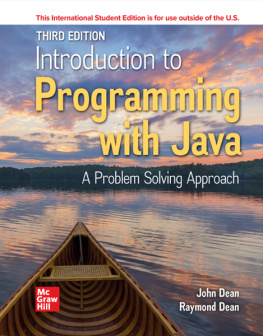
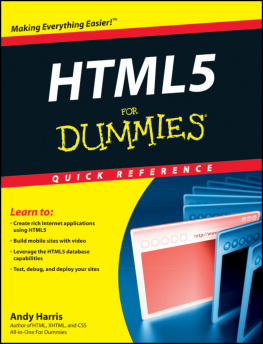
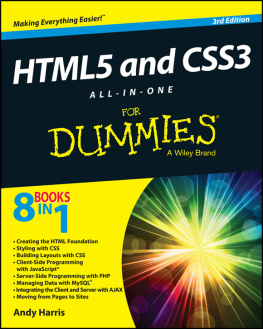
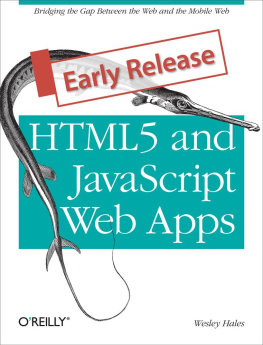
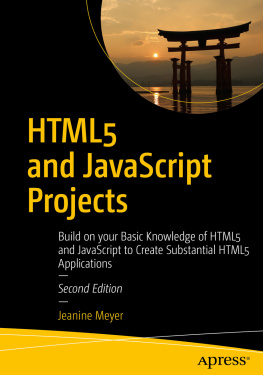
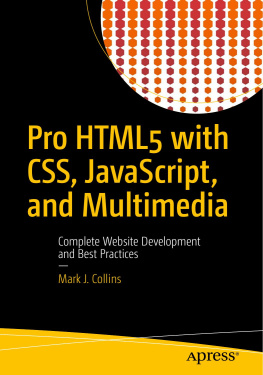
![Nicholas C. Zakas [Nicholas C. Zakas] - Professional: JavaScript® for Web Developers, Third Edition](/uploads/posts/book/121419/thumbs/nicholas-c-zakas-nicholas-c-zakas.jpg)
![Jeanine Meyer [Jeanine Meyer] - HTML5 and JavaScript Projects: Build on your Basic Knowledge of HTML5 and JavaScript to Create Substantial HTML5 Applications](/uploads/posts/book/120565/thumbs/jeanine-meyer-jeanine-meyer-html5-and.jpg)
